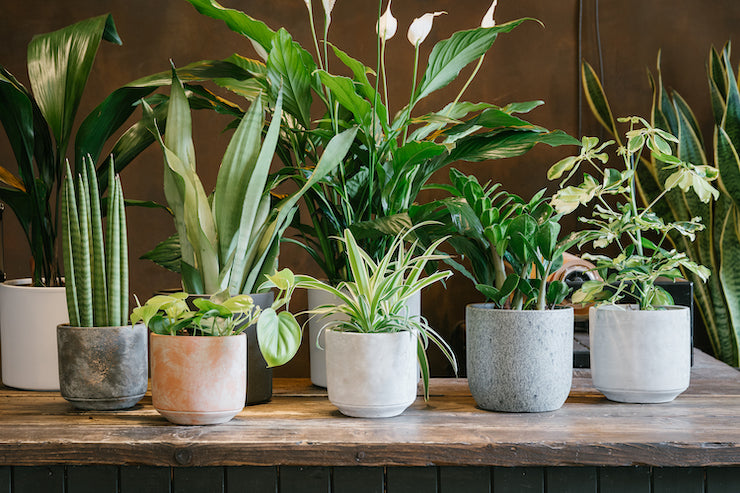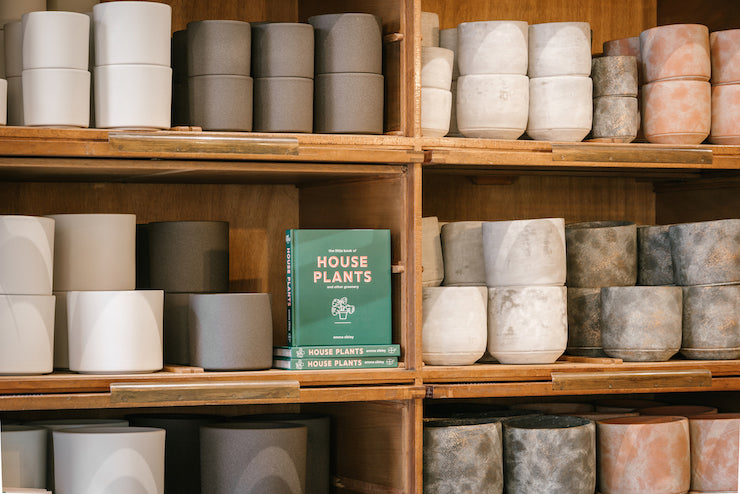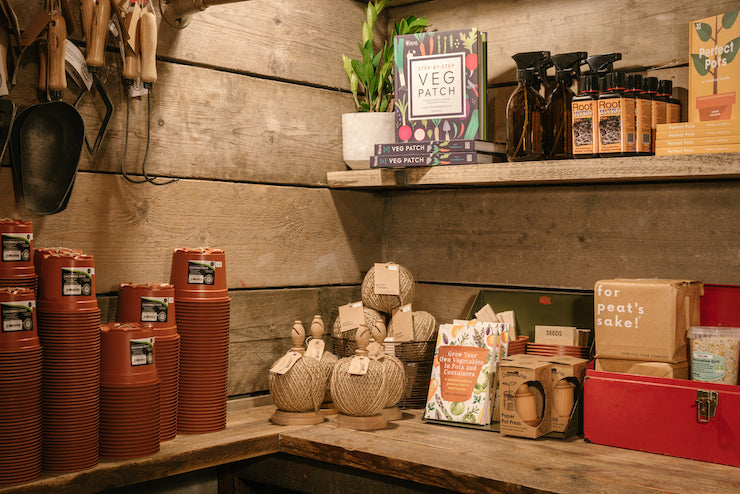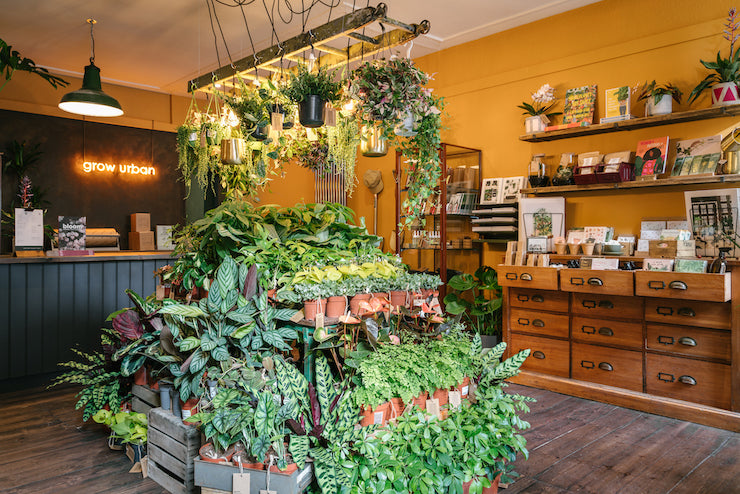
How to Care for Sansevieria
The Sansevieria genus is native across Africa, Southern Asia and Madagascar. They belong to the Asparagaceae family and are commonly referred to as ‘Snake Plants’ due to shape and patterns on their leaves. This genus comes in a plethora of forms from the well-known Sansevieria ‘Laurentii’ to the more unusual Sansevieria cylindrica ‘Mohawk’.
This succulent genus stores a huge amount of water in their thick leaves and rhizomatous root systems to survive the dry climates they inhabit. For this reason, they are considered a great option for beginner plant lovers, forgetful waterers and frequent travellers. They are a particularly hardy option and will have no problem surviving the winter months ahead!
Caring for Sansevieria
Sansevieria are a versatile option no matter the light requirements in your home. They will thrive in bright light and can even withstand direct all-day sun. However, they are also one of our most shade tolerant houseplants and can be placed in a low light spot as long as there is still a window in the room!
Looking to brighten up a windowless room with a bit of greenery? No plant will survive without natural light as they require sunlight to photosynthesise. However, a trick to get around this is to purchase a Sansevieria and a Zamioculcas Zamiifolia and rotate them once a week between a bright room and a windowless room.
Sansevieria have adapted to store large quantities of water in their leaves and for this reason they should only be watered when their soil has dried out. In smaller specimens this can be as little as every 3 or 4 weeks. Larger plants can sometimes be left even longer between waterings depending on how much light they are receiving. As these plants are native to dry climates, they do not require misting like other tropical houseplants.
These plants should be fed once a month during the growing season with high quality feed such as Liquid Gold Leaf. Sansevieria are a relatively slow growing genus which don’t mind being rootbound in their pot. For this reason, they generally require repotting every 2 to 3 years. One of the most important things to consider when potting up one of these plants is compost. Sansevieria need a well-draining compost to prevent the soil holding too much moisture which can cause root rot. This can either be an off the shelf solution such as Cactus Focus, or otherwise you can make your own compost with Soil Ninja components by mixing 50% Base Mix, 30% Grit and 20% Sand. Always choose a pot with a drainage hole!
Tips and tricks for Sansevieria
Not much can go wrong with Sansevieria however the main issue people encounter is overwatering.
Signs that your Sansevieria has been overwatered are; yellowing leaves, mushy roots or leaves. These plants are used to incredibly dry environments and occasional drought, therefore it is always better to err on the side of under-watering than over-watering.
If you notice any mushy leaves, cut these off with clean sharp scissors at the base. Next, remove the plant from its plastic pot and check if there are any brown mushy roots. If so, remove these. Replace the compost with a cacti and succulent mix and allow the plant to dry out for the next week or so. Once the plant has been allowed to dry out fully, saturate the compost with water. Allow the compost to fully dry out again before you next water.
Check out our website or visit us in store to peruse our selection of Sansevieria.







